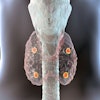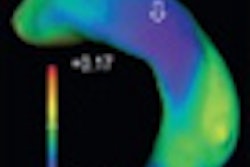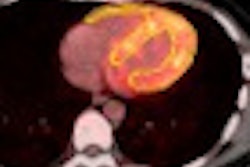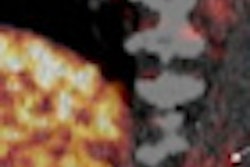Monday, November 29 | 8:55 a.m.-9:05 a.m. | VM21-03 | Arie Crown Theater
In this paper presentation, researchers from the Mayo Clinic in Rochester, MN, will discuss how adding molecular breast imaging (MBI) to regular screening mammography for women with dense breasts increases cancer detection.Lead researcher Deborah Rhodes, MD, and colleagues included 936 asymptomatic, dense-breasted women in a proof-of-concept study that evaluated the two modalities' effectiveness in finding node-negative cancer. The researchers tested diagnostic yield, sensitivity, specificity, and positive predictive values for mammography alone, MBI alone, and the two used together (MBI exams were conducted using technetium-99m sestamibi with a dual-head gamma camera).
In the patient cohort of 936 women, 11 patients had 12 cancers. Mammography found one of these, mammography plus MBI found two, MBI alone found eight (seven plus an additional ipsilateral cancer in one participant), and one cancer was not found by any of the combinations -- it was detected at a six-month follow-up diagnostic mammogram. Of the cancers detected only by MBI, all were node-negative; six were invasive (75%), with a median size of 1.1 cm.
The study demonstrated that MBI is effective as a supplemental screening tool for women with dense breast tissue, the research team concluded.





















